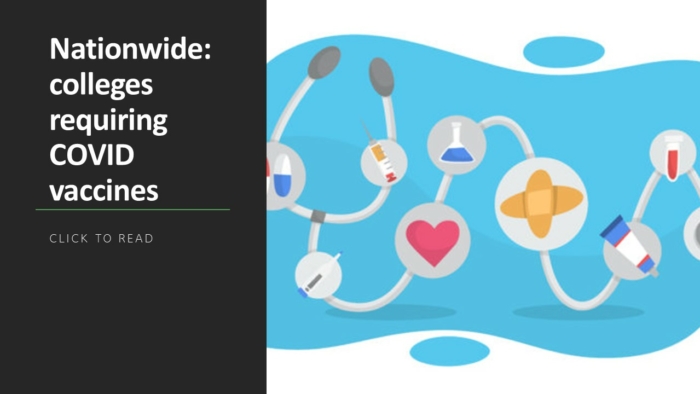A recent government report suggested cutting enrollment and enforcing higher entry standards to certain fields of study. These programs too often lead to “poor outcomes, including poor retention, poor graduate employability, and poor long-term earnings potential,” the authors said.
While the government in question was that of the United Kingdom, and while the authors didn’t name names, that sentiment echoes loudly across the Atlantic. The coursework in the crosshairs isn’t hard to divine, either: liberal arts mainstays such as literature, history, anthropology, sociology, philosophy, and psychology.
Those with liberal arts degrees took umbrage. If no one studies history, we don’t get the next Doris Kearns Goodwin; if no one studies English literature, whence the next David McCullough? Many political science majors do become policymakers—and the degree is a well-trodden stepping stone to law school. Without art history, anthropology, and archaeology majors, who will curate our museums?
Besides, the humanities cloak an intensely practical side beyond the analytical and communication skills they grow: Shakespeare teaches us statecraft, after all. There is also value, if hard to quantify, in understanding the human condition before embarking on a decades-long career that will otherwise see to it that you learn about people and their innumerable foibles the hard way. (Perhaps that’s part of why the number of U.S. psychology majors was up 4% year-over-year as of spring 2022.)
No question, the vast bulk of English literature students will not become the next David McCullough or, less ambitiously, make their livings in academia dissecting the finer points of the Bronte sisters for graduate students or the readers of obscure journals. The majority will, rather, end up in familiar career paths in corporations, small businesses, and the public sector where they directly or indirectly make or sell goods and provide services that keep us all housed, fed, clothed, entertained, and so on.
The question is how to measure and quantify—and ultimately justify and act upon—the value of non-STEM majors to students, employers, and the governments that fund much of higher education. For many liberal arts colleges as well as humanities-focused departments in larger universities, it’s a pressing one.
New tools
A combination of predictive analytics, customer-experience management tools, and anonymized connectivity with employers’ human-resource and learning-management systems can help provide answers.
In the United States, as many computer science degrees were conferred in 2021 as there were across the entire scope of humanities—computer science degrees having roughly doubled in number since 2010 even as humanities degree counts fell by half. Despite the prevailing winds at the moment, not everyone can or should aspire to be a computer-science major focusing on machine learning. The key is to paint a sharper picture of the enormous benefits that liberal arts actually deliver. Data can help do that.
More from UB: Holiday stress—7 reasons students don’t feel merry and bright about winter break
Predictive analytics tapping into trends in fields of study, labor-market demand, and into other historic data, current and predictive data can lend insights that help colleges and universities be more proactive and nimbler with curriculum development and staffing. Higher-ed leaders can also make use of customer-experience analysis tools—call them student-sentiment analysis tools in this context—for visibility into how students see their educations playing out, what’s working, and what might be improved upon.
Similarly, academic leaders might also consider the systematic surveying of graduates over time to gain a longitudinal understanding of career progression—an objective measure—as well as former students’ subjective perceptions of how their degrees and, more broadly, their educational experiences, have figured into their career paths.
Bringing in the student viewpoint over time contrasts with the way curriculum development has long been done: College administrators attempting to divine appropriate direction based on bric-a-brac data, what’s hot and what’s not, and, often, the skills of their tenured faculty. Student perspectives can help change that.
‘Supply chain’ visibility
Of course, combining these insights won’t beget a crystal ball—15 years ago, the notion of “social media manager” as job title would have seemed fanciful, and there will be jobs in 2037 about which we have no clue as of 2022. But youthful trends can turn into multibillion-dollar markets. Bottom line is, just as higher education so often educates students for roles far afield from those their majors would suggest, it also prepares students for jobs that don’t yet exist at all.
And what if we could bring anonymized data from corporate human-resource and learning-management systems into the pools of data off of which higher-ed analytics systems feed? Today, starting salaries are a typical metric for the value of a degree, and the humanities unequivocally lag.
But how do those who earned humanities majors fare over time? What can colleges and universities learn from employer learning-management system data as far as what education and training gaps they might best address before students enter the workforce? And what insights can be captured about what those graduating with certain majors actually end up doing over time—and what they don’t end up doing? Such information can inform a college or university’s curriculum choices, hiring, and, yes, marketing strategy.
We talk about supply chain visibility as an indispensable component of efficient manufacturing. The same should hold true for efficient higher education and professional development. Today, that visibility is largely lacking, and to the detriment of students, institutions, businesses, governments, and society at large. It will take investment as well as new forms of collaboration with students and employers. But the long-term prospects of institutions that deliver liberal arts education may well depend on it—as may the many fields in which liberal arts majors play vital roles.
James Krouse is SAP’s global director of industry marketing and Malcolm Woodfield is global vice president and head of the Education & Research business unit at SAP.







